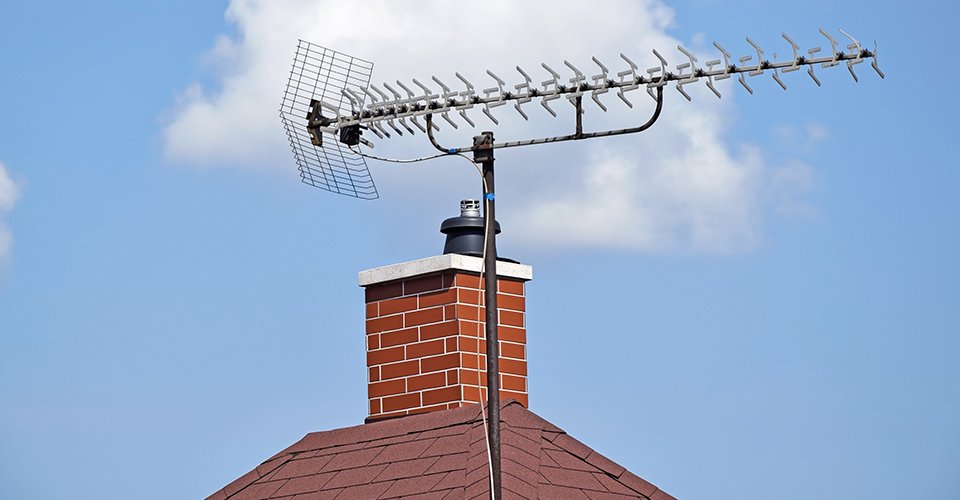As all TV aerial installation are extraordinary, these are summed up steps and give a strong thought of the devices and issues associated with setting up a radio wire for outside. As you’ll see, it is anything but an entangled errand — yet it’ll take some medium DIY aptitudes and familiarity with dangers when going up on your rooftop.
The most straightforward part will amass the radio wire, which you ought to do in advance (and numerous receiving wires come preassembled nowadays). Some radio wire models may just expect you to broaden and secure the dipoles set up, and that is it.
Others may expect you to utilize a screwdriver to connect the different components to the edge. Likely the most testing undertaking will be running the coaxial link starting from the antenna through your home and to your TV. In case you’re not happy with this, I’d prescribe finding an expert to set things up for you.
Where to Place Your TV Antenna
Finding a decent area for your TV aerial installation can mean the distinction between getting just a couple of channels and accepting all the stations in your general vicinity.
Introducing a radio wire outside will consistently be better (regarding gathering) than putting it inside — regardless of whether in your loft or your front room.
This is because the structure of your home, for example, dividers, storage room protection, or a metal rooftop, presents obstruction and debilitates signals.
Radio wire mounted on side of the divider
An open-air receiving wire will accordingly encounter less impedance, even though you may, in any case, have neighborhood snags, for example, backwoods and slopes to battle with.
When situating your open-air receiving wire, consistently attempt to get a perfect and direct view to transmission towers if conceivable, to additionally limit potential wellsprings of obstruction.
How High Should a TV Antenna Be Mounted?
In a perfect world, you ought to introduce the radio wire at any rate 10-20 feet off the ground.
Despite how high you can introduce it, however, simply mount it as high as could be expected under the circumstances with the goal that it frees the lion’s share from neighborhood deterrents in its view to towers.
Recall that if an encompassing house or structure throws a shadow on the reception apparatus, it will probably square or debilitate TV signals originating from that course.
In case you’re introducing the radio wire on a metal rooftop, I’d educate mounting it on a pole concerning, in any event, one meter (around 3.3 feet) over the rooftop to limit impedance.
Run the Cable to Your TV
It’s imperative to understand the coaxial link itself is a wellspring of obstruction and sign misfortune, so care ought to be taken in introducing and interfacing it.
You should have a link of the suitable length to run between your reception apparatus and TV or converter box. Attempt to keep away from sharp turns or curves along the course.
I suggest utilizing the RG6 link, for example, from Media Bridge, which is 75 Ohm and tri protected to limit obstruction (not all RG6 types are tri or quad protected, so I’d explicitly search for this).
If you have any persuade left over from a past satellite or digital TV establishment, it can likewise be reused – attempt to abstain from taking care of OTA radio wire signals into a similar urge as your digital web notwithstanding.





